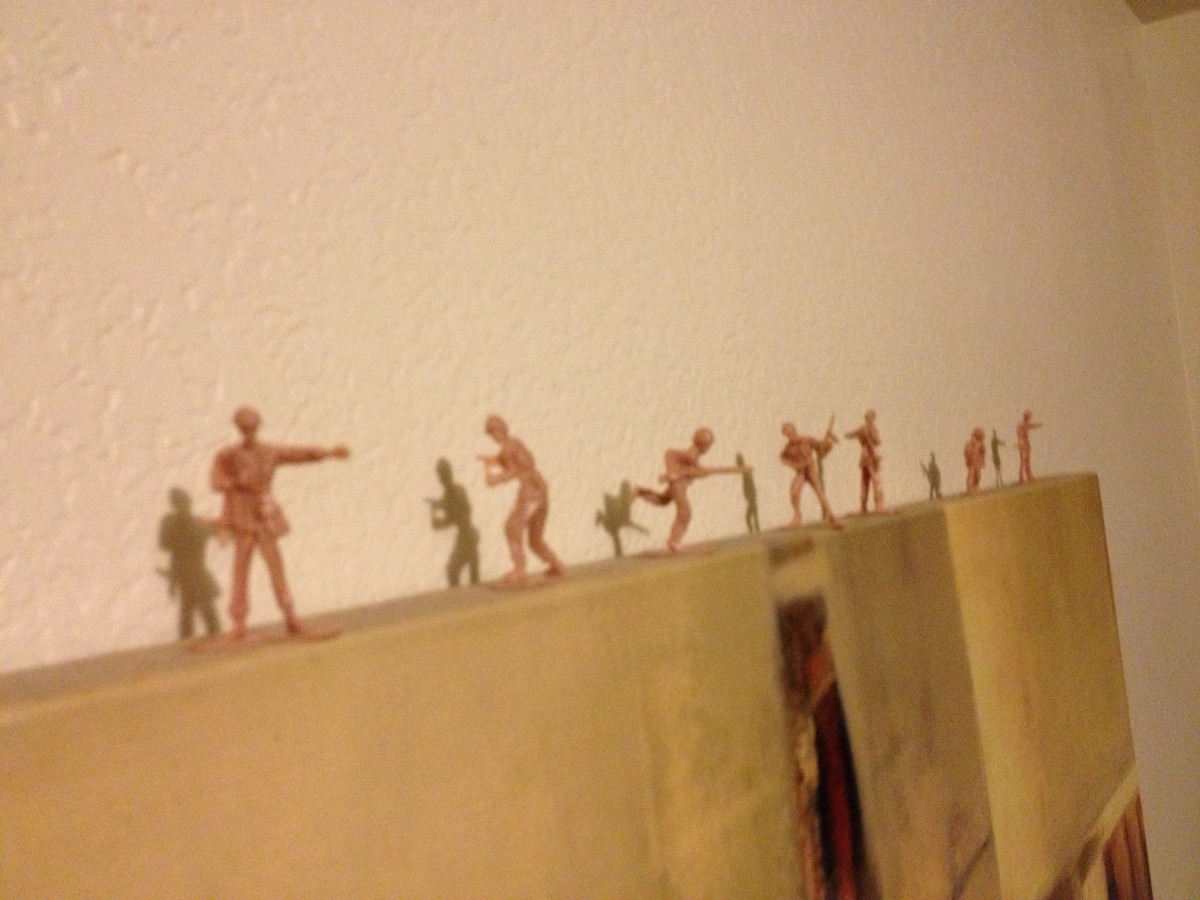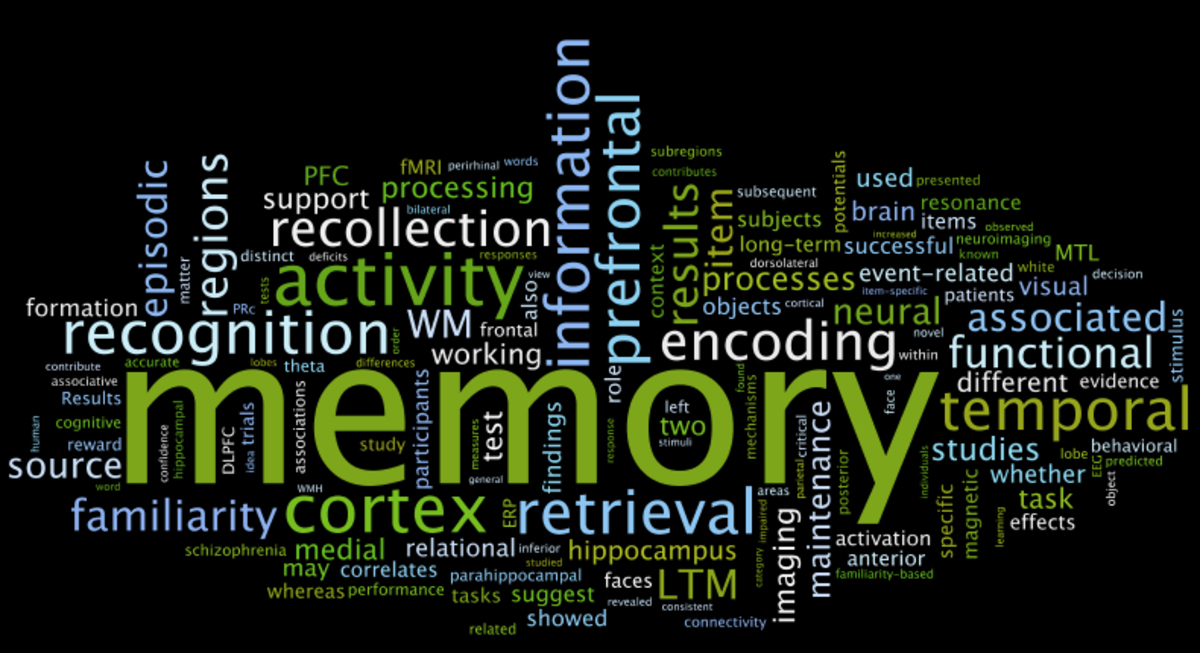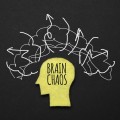Combat PTSD Can Be Healed

Relief from Combat Flashbacks
After more than a decade of involvement in two wars in the Middle East and the residual effects of Southeast Asia war, it is the time that to look at the fact of the expense to our military branches and the country as a whole. A fact is a fact. Memory is a fact. War is a fact. Unfortunately for many veterans, the latter two facts collide once they return home. The aftereffects for that collision of two conflicting facts is termed Post Traumatic Stress Disorder (PTSD).
Every soldier at some point leaves the battlefield, but the battlefield never leaves the soldier. After soldiers return home and stand down from 24/7 battle readiness, vivid images of missions they experienced often begin to flash in their minds. These mental images are normal and are termed “flashbacks”. Flashbacks are an attempt of a human brain to achieve order with an unprocessed traumatic life event.
Neurological research has shown that the brain processes traumatic memory differently than non-traumatic memory. The human brain’s job in reference to non-traumatic memory is to record, process, integrate, order and store it in a long-term memory bank. Simply put, the brain perceptually receives and records all the information from a life event; it processes all the images, smells (content), records all the sounds (audio), achieves closure with the associated emotions and then places the recorded life event into long-term storage for future retrieval and replay.
When the brain is faced with an intensely traumatic event, like combat experiences, the processing of the combat event as well as the closure of associated emotions are put on hold in order not to overwhelm the soldier. So if the brain’s normal function of order, processing, and storage into long-term memory is not achieved, then the imprint of the combat event is put into abeyance in a dissociated storage area, hidden from the conscious mind. Yet while the memory is in the dissociated storage area the memory remains active. At some point when triggered, the brain will bring back the imprint to consciousness with all its intensity of the original combat event. The brain does this without malice in an attempt to process the combat event, make closure with the associated emotions and then integrate it into long-term storage. Due to the shock of the surfacing traumatic memory into consciousness, many veterans’ attempt to stop the process and the brain becomes unsuccessful at processing the combat event again. This attempt at processing by the brain is termed a flashback.
Soldiers from every service are highly trained professionals and when in battle mode, their brain responds and functions differently. In the heat of battle, a soldier’s brain is so focused on completion of a mission that there is no time to process the physical and emotional impact in the heat of battle. The brain in a defensive move puts the emotional impact of the combat event aside for future processing, closure, and storage.
An example of this can be seen through the experience of a close friend of mine who returned from the Vietnam War. He was well decorated and was involved in many battles during his two tours in country. Initially, his transition back into civilian life went smoothly. He lived with his wife and went back to work in his chosen profession. He lived in a large city where the police relied heavily on helicopters to patrol the city and less on squad cars. One evening it all changed. A police helicopter began to circle low over his neighborhood looking for a robbery suspect. That night the sound of the police helicopter triggered him into a combat flashback from his Vietnam experience. In his mind, he was back in Vietnam. He felt that his “position” was under attack. He ran to his closet, pulled out his rifle, ran outside into his backyard and began to fire at the police helicopter. He was fully reliving his combat experiences in his head. The memory was real to him. He was arrested spent time in jail for his behavior, but never really understood what he did wrong.
After that, he had more combat flashbacks, slept less, became more anxious, and used illegal drugs to attempt to stop thinking and feeling the surfacing intense emotions that accompanied the vivid combat images. On another occasion, experiencing a different and more intense flashback, his wife woke up with him holding a knife to her throat telling her to be silent or they would be found and killed by North Vietnam soldiers. She left him the next day and never returned. Unable to stop the onslaught of flashbacks, two months later he lost his job. Stories like this one are not uncommon for Vietnam Era Veterans.
Many stories just like the one above will happen again and again. Events like this will be America’s future.America has a new generation of veterans(289,328)who have returned from Iraq and Afghanistan wars and each one has brought back combat memories.106,726 (36.9%) veterans received mental health diagnoses. 62,929 (21.8%) were diagnosed with post-traumatic stress disorder (PTSD). In these days of specialization, why isn’t there a teachable skill that would target one memory at a time and help veterans to process through battlefield flashbacks quickly and safely?
Well, there is. A little-known stress management life coaching method called Rapid Reduction Technique 2.0 (RRT 2.0)was developed to reduce the effects of traumatic flashbacks and memories for women who had experienced abusive and traumatizing life events and had Post-traumatic Stress Disorder (PTSD). RRT® has been used and studied with this population for the past ten (10) years. RRT® was redesigned to be used with combat veterans and this version has been successful helping combat veterans reduce the intensity of the flashbacks, help in the processing the images, smells and sounds, achieve closure with the associated emotions and facilitate storage into long-term memory. V-RRT® is a teachable and safe stress management method which works on one battlefield memory at a time. V-RRT® is a stress management life coaching protocol based on original RRT used for 15 years with individuals who have experienced traumatic or abusive life events. Both V-RRT® and RRT® are based on revisiting the dissociated memory safely rather than reliving or re-experiencing. Both stress management methods teach a survivor to bring a reoccurring flashback up to consciousness safely, work with the associated emotions, re-write the content and assist the brain in achieving its natural order and processing the memory into storage.
One year ago a pilot study was conducted to see the effectiveness of the Rapid Reduction Technique® (RRT®). The study looked at seven areas of intrusive traumatic flashbacks and memories. Those areas were: inability to function, the strength of memory pain, degree of triggering, and level of emotional, physical, spiritual and audio pain. 66 women in an inpatient setting with the diagnosis of Post-traumatic Stress Disorder (PTSD) participated, each targeting one specific memory. All 66 women were experiencing dysfunction in their lives due to flashbacks and traumatic memories from childhood and adulthood trauma and/or abuse. At the conclusion of the study, the results showed a significant decrease all seven areas studied from pre-test to post-test.
Within the studied population of the 66 women, there were two veterans of Operation Desert Storm and one contractor who served as support for the military during the Iraq War. All three had chosen combat or wartime memories and reported a significant reduction in the intensity and associated emotional pain following participation in the RRT® study.
Pilot Study Results
Let’s look at the case of one participant in the pilot study, a Navy veteran. Her family had a long line of members who had served in the military. She served 10 years in the Navy and saw combat in the Operation Desert Storm. Her flashbacks were a result of one of her combat experiences. While in command of a large supply convoy traveling into Iraq, the trucks she was responsible for got off route. Separated from the main convoy and in making a course correction, her group of trucks was ambushed by Iraq soldiers. In the firefight, she was wounded; another officer and several ground soldiers were killed. Reinforcements were called in and helped to rescue her group of trucks and fallen brothers-in-arms and to win the firefight. After months of physical rehabilitation and an honorable discharge with commendations, she returned to civilian life as an honored veteran. Months later, she began to experience flashbacks of the ambush. The reoccurring combat flashbacks caused her to experience agitation, guilt, and bouts of deep depression as well as constant anxiety, fear, panic, and feelings of shame for not completing her mission. She was overwhelmed with severe regret for not bringing all her soldiers back alive. She went through years of psychiatric hospitalizations and medication, yet the flashbacks continued. Her everyday life became dysfunctional, relationships failed; she experienced sleepless nights and was unable to hold a job. Her days were full of anxiety, fear, physical pain, emotional pain, and constant vivid images.
During one of her hospitalizations, she had the opportunity to volunteer for the Rapid Reduction Technique® pilot study. Through her participation in the study, she was able to make mental and emotional closure on her ambush flashback. On the pre-test assessment sheet, with choices of ratings on all scales of 0 to 4, with “0” being no pain or inability to function due to her flashback and “4” being intense pain or inability to function, she rated all seven study areas at 4. She stated that the ambush flashback had caused her a “loss of dignity, honor, and direction in her life.” She felt like her life had become “frozen”, “put on hold”. Reporting on the post-test assessment sheet at the conclusion of experiencing Rapid Reduction Technique® on her ambush flashback, she rated all 7 areas studied at “0”. She stated “I finally have freedom from Iraq and my life back”
What grew out of the pilot study from the success of the two veterans and one contractor participating was that Rapid Reduction Technique® had possible military application. A guided protocol called Veteran -Rapid Reduction Technique® (V-RRT) was developed that would help male and female soldiers with military-related trauma. V-RRT® has also already helped many Vietnam and Desert Storm Veterans.
One of the two was a 62-year-old male Vietnam Veteran who had his voice box shattered when he was shot in the neck during a battle at the age of 19. Years after his return to civilian life, he started to experience severe flashbacks of that battle. He reported that when he experienced the flashbacks. His flashbacks would cause him to have increased physical pain in his neck as well as deep emotional pain, which he could not control. He went through years of anxiety, fear, a sense of worthlessness and a feeling that he let himself and his buddies down by being shot. His life became very dysfunctional. He lost his marriage and his ability to hold a job. He said he felt “worthless, disgraced and an outcast.” He gave up and isolated himself from society. He resorted to various types of legal and illegal drugs, as well as alcohol to medicate his pain and cope with life. He went through years of being homeless with many admissions to psychiatric hospitalizations and substance abuse programs. Though it was difficult for him to communicate with others through his electro larynx, he volunteered to participate in the Rapid Reduction Technique® study for veterans. He reported at the conclusion of his V-RRT® experience that the emotional, physical and mental intensity of the flashback was significantly reduced. From that point on, his memory of the battle only came up if he purposely recalled it to consciousness, and if he did not recall that specific memory, he did not experience any related emotional or physical pain. He gratefully stated, “For the first time in my life since I left Vietnam, I am finally home.”
There is hope, a way for veterans to complete the mission they felt they had not completed. In initial cases, V-RRT® has proven so far to be effective for veterans. It can be taught to veterans so they can take command of their combat flashbacks and finally complete their mission, beginning with one battlefield memory at a time. Of course, V-Rapid Reduction Technique® is not a cure for all PTSD symptoms, and more study on the V-RRT should be done, but there was a tremendous promise. It was shown in the pilot study that Veterans can heal from combat flashbacks.
© 2011 Bill Tollefson








